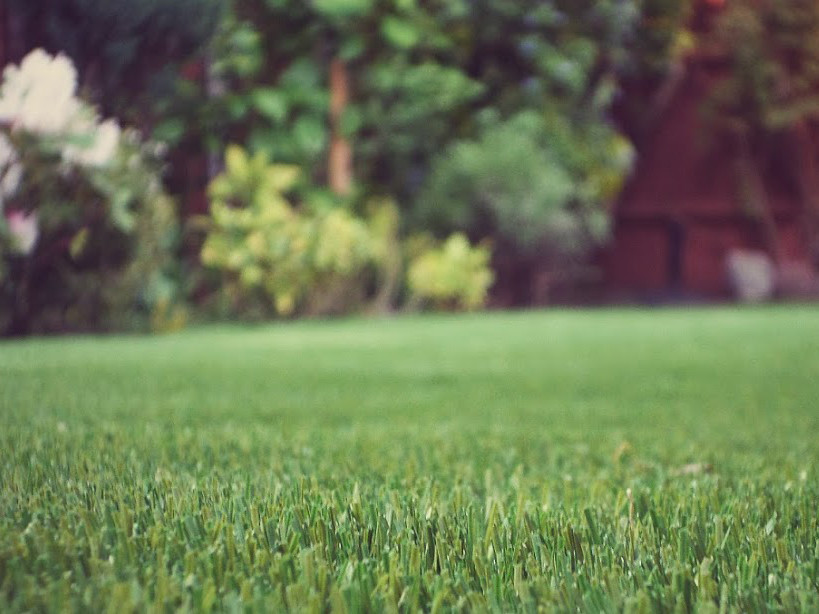The California drought is the real deal folks, and it's well past time we start thinking about the sacrifices we can make to lessen our footprint on the crisis. A while back I wrote a blog that discussed a few simple ways to make your home more water efficient. And while the suggestions made in that blog are still great ways to conserve water, this time around I'm going to recommend doing something that will require you to step a little farther out of your comfort zone. I'm talking, of course, about replacing your beautiful natural lawn, with artificial turf! I know that's a tough pill to swallow, but keeping your lawn healthy and green in dry weather uses an exorbitant amount of water, and now is the time to start exploring alternatives.
Please Note: For copyright reasons, I was unable to find any good pictures for this blog. To see some beautiful synthetic lawn landscaping, head to the SynLawn Website.
FACT: Not all artificial turf looks like the elementary school field that you take your kid to play soccer on every Saturday. Those fields, distinguished by their short strands and the mounds of black rubber crumbs that pile up in your shoes as you walk across them, were not designed with landscaping in mind. When synthetic turf first became popular, it was almost exclusively used for sports fields (football, baseball, soccer). The black rubber infill that you commonly see in those fields was designed to ballast the blades so they could withstand heavy traffic, while also providing extra fall support for athletes. It was NOT designed to look aesthetically pleasing.
Within the last decade or so, artificial grass manufacturers realized that drought and high water costs were creating a growing demand for their products in landscaping. They also realized that there was really no place for their rubber-crumb infill in these applications. So they started developing infill that was more aesthetically pleasing, and of a finer consistency (to keep it from coming to the surface and making a mess). Further, to make it look less like a big green carpet, the synthetic turf that's used for landscaping typically comes with varying strand length and color. (Click here to see the various styles of turf offered by SynLawn, a leader in the industry)
The bad news about synthetic lawns is they are not cheap up front. They can end up costing you as much as $20 per square foot to have professionally installed. You can get them a bit cheaper, but to get your lawn looking as natural as possible, you're going to want to pay for the good stuff.
The good news is that in the long run, synthetic lawns save you a ton on your water bill and constant maintenance. Also, some of the installation costs of synthetic lawns can be offset through rebate programs offered by local governments. The Bay Area Water Supply and Conservation Agency for example, offers $1-$4 for a every square foot of water thirsty landscaping that is replaced with drought friendly landscaping. Follow this link to learn more about this program, and whether or not your local government participates in it.
Of course, the biggest benefit of replacing your natural lawn with an artificial one is the peace of mind you get from knowing that you are doing your part to combat the drought.
DISCLAIMER: Installing synthetic turf isn't the only, or even necessarily the best way to make your landscaping drought friendly. The point of this blog is simply to shine some light on the fact that the "Astro Turf" most people are used to seeing isn't anything like the turf that is available today for landscaping, and so synthetic turf shouldn't be overlooked when exploring drought friendly landscaping.


No comments:
Post a Comment